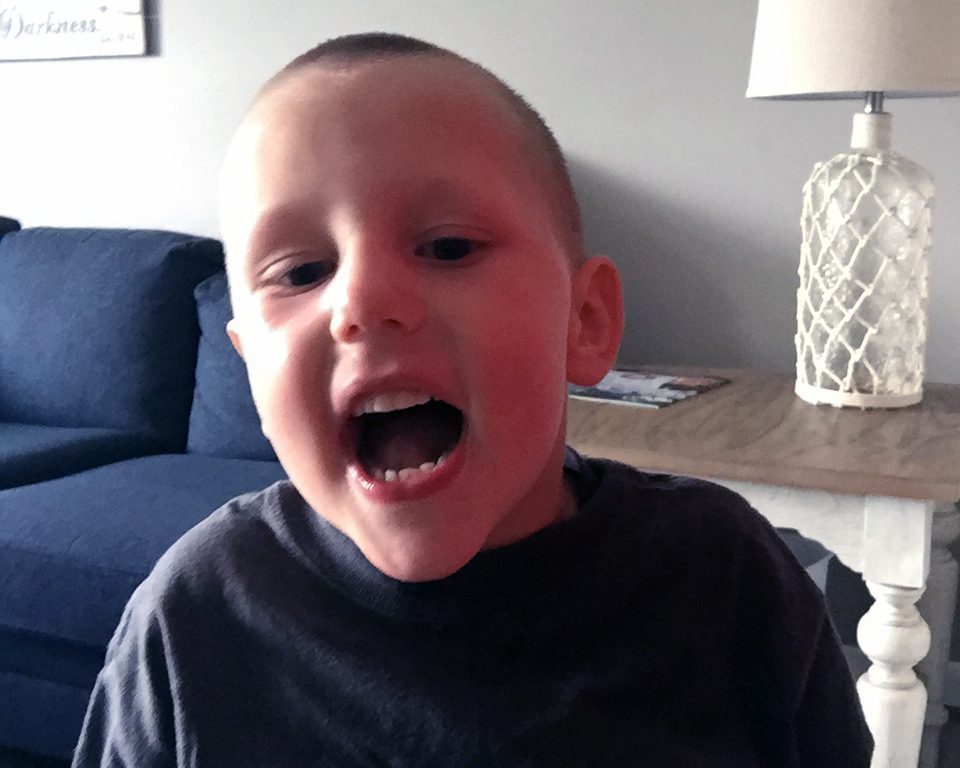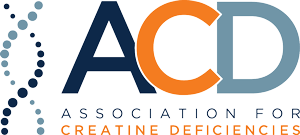
“Special Education” – Celeste
Wow! I’m still processing all of the things I learned from the 2018 conference in Austin. The CCDS Symposium was incredible! For me, the information was invaluable and as a result, I feel more equipped going into doctor and therapy appointments. Even more amazing were the connections and networking that happened—as a result of the ACD bringing scientists, doctors, pharma companies, therapists, and families together.
I was struck at the conference with the thought of how I can use my knowledge, experiences, and platform to help…
In addition to a wife and mom, I am a special education teacher; my undergraduate degree is in Child-Family Development (Birth-Kindergarten licensure) and my graduate degree is in Special Education (General Curriculum). I have taught in a variety of public school settings during my 12-year career…from EC (Exceptional Children) preschool to resource and inclusion to self-contained. Here are some tidbits that I hope are helpful as you navigate education with your kiddos:
- The Individuals with Disabilities Education Act (IDEA) is the federal law that ensures that children with disabilities get a free, appropriate education and any related services that are needed in order to access their education. This law is foundational at the federal level…each state has to abide by everything covered under IDEA; they can then choose to go above and beyond. Children with disabilities are covered under early intervention services from birth until their 3rd birthday, typically through your local Children’s Developmental Services Agency (CDSA). Once they turn 3 years old, services are delivered through the public school system until they turn 22 years old.
- The special education process can be initiated in several different ways. It looks a little different depending on how old your child is (i.e. early intervention vs. school system). Whether it’s you (by writing a request and dating it) or the school system that initiates the process, you can expect it to generally follow this sequence:
- Meeting #1…Special Education Referral and Consent to Evaluate (assuming the team decided to evaluate and you gave consent to conduct evaluations)
- Evaluations
- Meeting #2…Determine Eligibility (based on reviewing evaluations conducted and information gathered), Consent for Services, and Individualized Education Plan (assuming the team determined eligibility and you gave consent for services)
- One important form to look out for once the meeting is scheduled is an invitation. You should get an invitation to sign BEFORE the meeting. Another important form is the last form that is completed at meetings…a Prior Written Notice. This form contains a summary of everything that was discussed at the meeting. This is the first document you will reference if you have a question and the first document a judge will look at, should anything go to court. Make sure it summarizes the meeting well.
- You have rights! At the first meeting, you should be offered a parent handbook of rights. If you have ANY questions or concerns throughout the process, please don’t hesitate to reference that handbook and contact the special education teacher or one of the school’s administrators. If you don’t get assistance at that level or still have questions or concerns, contact an advocate, county level EC staff or state level EC staff.
- Check out https://sites.ed.gov/idea/ and www.wrightslaw.com!
- Individualized Education Plan’s (IEP)…keeping tabs!
- YOU know your child best. YOU are their best advocate. Don’t be afraid to share information…and make sure it is documented. In an ideal world, this is supposed to be a team approach—all for looking out for what is best for your CHILD…what they need in order to access their education.
- Your child’s IEP will generally contain the following components: strength, current data, your concerns, any special factors to consider about your child, current level of performance in areas that have skill deficits, goals directly related to those skill deficits, modifications/accommodations, special education services, any related services, least restrictive environment justification, setting (i.e. regular/resource/separate), progress notification schedule, and determination of extended school year.
- Stay on top of the delivery of special education and related services.
- Your child may have similar goals each year, but they should be different to reflect any progress your child may have made. There should be data to show progress or lack of progress.
- From my husband, the traffic guy, and engineer, “I know this information about special education sounds like a lot to process…and that’s ok. However, what I have had to keep reminding myself is that this is about what will help Mr. Levi thrive. It means trusting the experts… don’t force them to see your child exactly how you do. I found that just adding in little nuggets, little insights into how your angel is at home, in the IEP meetings is the most helpful. Oh, and don’t be afraid to stop any meeting at any time and ask them to talk in ‘lay people’ talk (i.e. break it down into parent-friendly language)…there are a lot of acronyms.”
I know that this may be overwhelming. Please let me know if you have any questions and I’ll do my best to answer them! :)

A little background and the road to our diagnosis…
My husband and I were married in April 2010 and had our daughter in February 2014. In the fall of 2016, we felt led to internationally adopt a child with special needs. We only had access to one picture and a diagnosis…we were told Levi had Cerebral Palsy. In June 2016, we traveled to Ukraine and met Levi for the first time. As we spent time with him in the country at his orphanage, we were able to tell that there was more going on than we were told…he was non-verbal, cognitively younger than his chronological age, and he was in a group with 12-24-month-olds (at 4 years old). Upon returning home in July 2016, we went to lots of doctor’s appointments and started therapies. In 2017, Levi was diagnosed with Autism. At our yearly neurological follow-up in December 2017, our neurologist conducted an Invitae blood test looking at causes for developmental delay during Levi’s MRI. His MRI results showed a slight improvement from the initial MRI—delayed myelination—which ruled out Cerebral Palsy (CP is stagnant and doesn’t change). The Invitae blood test came back with two variants of unknown significance…one being the SLC6A8 gene. Our neurologist referred us to genetics, who then tested his blood and urine to determine the significance of the variant. The lab at Duke confirmed in May 2018 that he has CTD.





